Big ideas are taking off at the UW with help from Amazon
In July, seven new teams were selected as Amazon Catalyst Fellows. The teams are a mix of UW faculty, students, and staff from eleven departments across campus, including Computer Science & Engineering, Human Centered Design & Engineering, Public Policy, Global Health, Landscape Architecture, Mathematics, and Economics. Amazon Catalyst is an award program at the UW funded by Amazon that encourages innovation across faculty, students and staff.
Each team received funding to pursue a big idea focused on one of this round’s themes: Computational Social Science or Urban Transportation.
Meet the Fellows and read about how they plan to bring their innovative solutions to life.

Centralized Collective Care for Seattle’s Homeless Population

Senior man pickup up meal at community soup kitchen
Summary: A hub that connects people who have recently experienced homelessness in the Seattle area with resources to help them return to a more stable living situation using predictive modeling.
Description: People who have experienced homelessness for under a year make up about 25% of the homeless population in the Seattle area, but unfortunately they are unlikely to know the resources available to help them achieve a more stable living situation. Now, a team of mathematics and computer science students will create a centralized hub of resources and accompanying app that uses a predictive model to recommend services given an individual’s specific situation. In addition to filtering by eligibility requirements, they will use machine learning techniques, such as collaborative filtering, to make personalized data-driven recommendations.

TEAM MEMBERS
- Kimberly Bautista, Undergraduate Student, UW Department of Mathematics
- Joshua Fan, Graduate Student, UW School of Computer Science & Engineering
- Tiffany Tse, UW Undergraduate Student
- Savvy Gupta, UW Undergraduate Student
Guidepost: Clinical Prediction for Better HIV Care at a Lower Cost

A multi-ethnic group of doctors are indoors in an office. They are gathered around a table for a meeting. One woman of Indian descent is taking notes.
Summary: This project will bring together medical and statistical knowledge for predicting HIV treatment failure with accessible tools for end-to-end predictive modeling that enables communities to create their own best clinical prediction solution.
Description: Millions of people around the world are infected with HIV, which has the potential to take years off their lives and put their partners at risk. Although HIV medications are widely available, along with tests to show whether a particular medication is effective for a patient, these tests are too expensive for many countries to provide to all HIV patients. Given the necessity of choosing which patients to test, the more accurately doctors can predict patients’ risk, the better they can control HIV infections and protect communities. Tracy Sandifer and Nancy Puttkammer, a graduate student and faculty member, respectively, in Epidemiology and Global Health, are developing Guidepost, a protocol for predicting HIV treatment failure that aims to support successful treatment strategies. By integrating user-friendly tools with community-vetted policy, they will bring effective clinical prediction within reach.
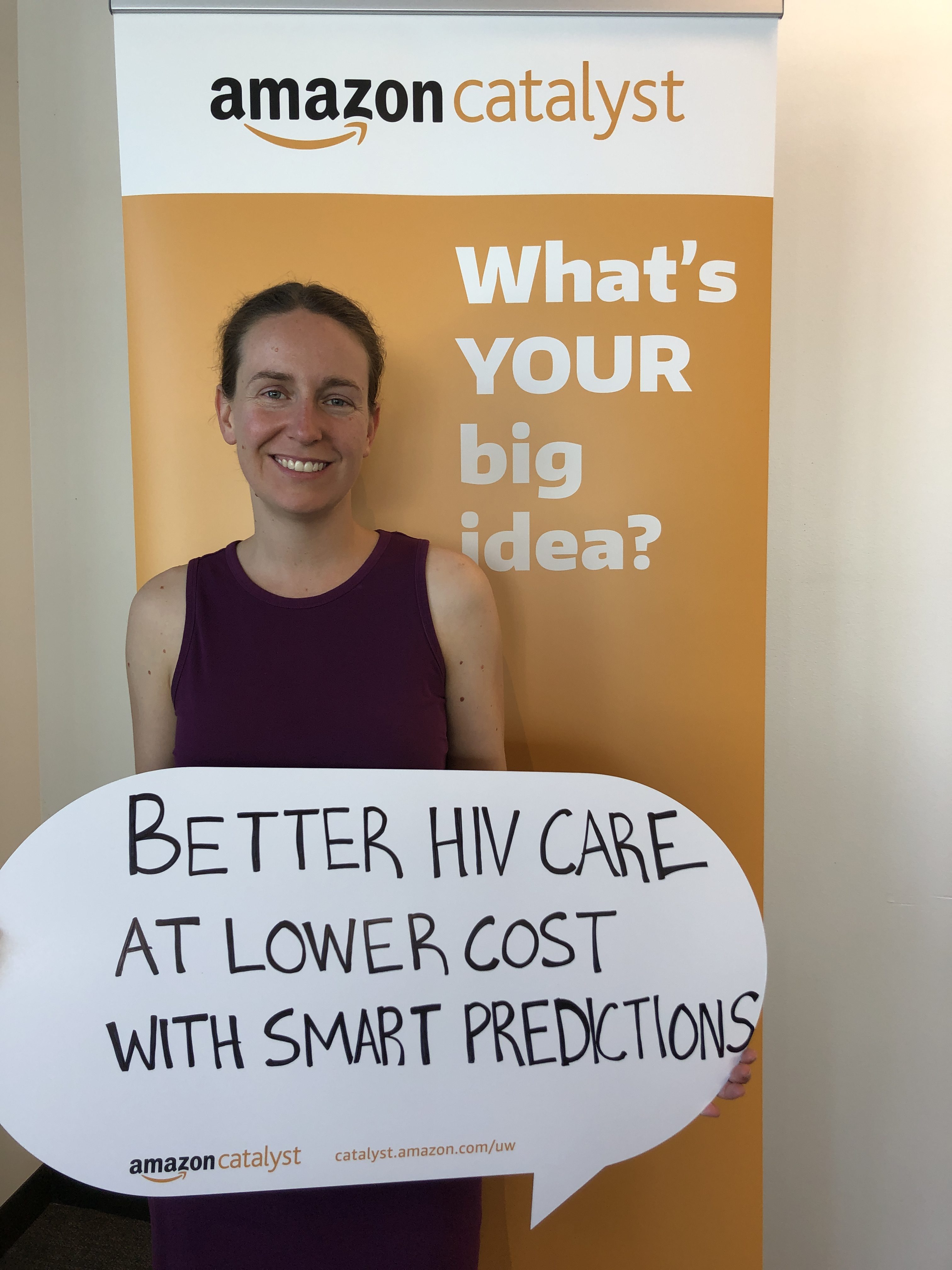
TEAM MEMBERS
- Tracy Sandifer, Graduate Student, UW Department of Epidemiology and UW Department of Global Health
- Nancy Puttkammer, Faculty, UW Department of Global Health
Understanding Urban Accessibility at Scale
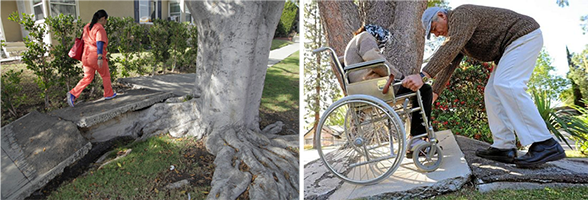
Summary: Computer scientists will build interactive web tools to build awareness around urban accessibility issues while increasing transparency and accountability from cities and supporting advocacy and policymaking using visualization, computational social science, and machine learning techniques.
Description: Sidewalks form the backbone of pedestrian infrastructure. Urban accessibility, and specifically sidewalk accessibility, significantly affects the mobility, safety, and independence of millions of citizens, especially people with disabilities. Over 30 million people have some form of disability in the US. Of these, half report using mobility aids. But in spite of the growing need for accessible sidewalks, many cities remain inaccessible even after 25 years of Americans with Disabilities Act (ADA) regulations being in place. Additionally, no tools exist that can visualize and quantify the spread of these issues across cities. Manaswi Saha and Jon Froehlich from the Paul G. Allen School of Computer Science & Engineering hope to change that with an interactive web-based visualization tool that will help make accessibility efforts more visible and aid citizens in holding civic leaders accountable for accessibility issues in their cities.
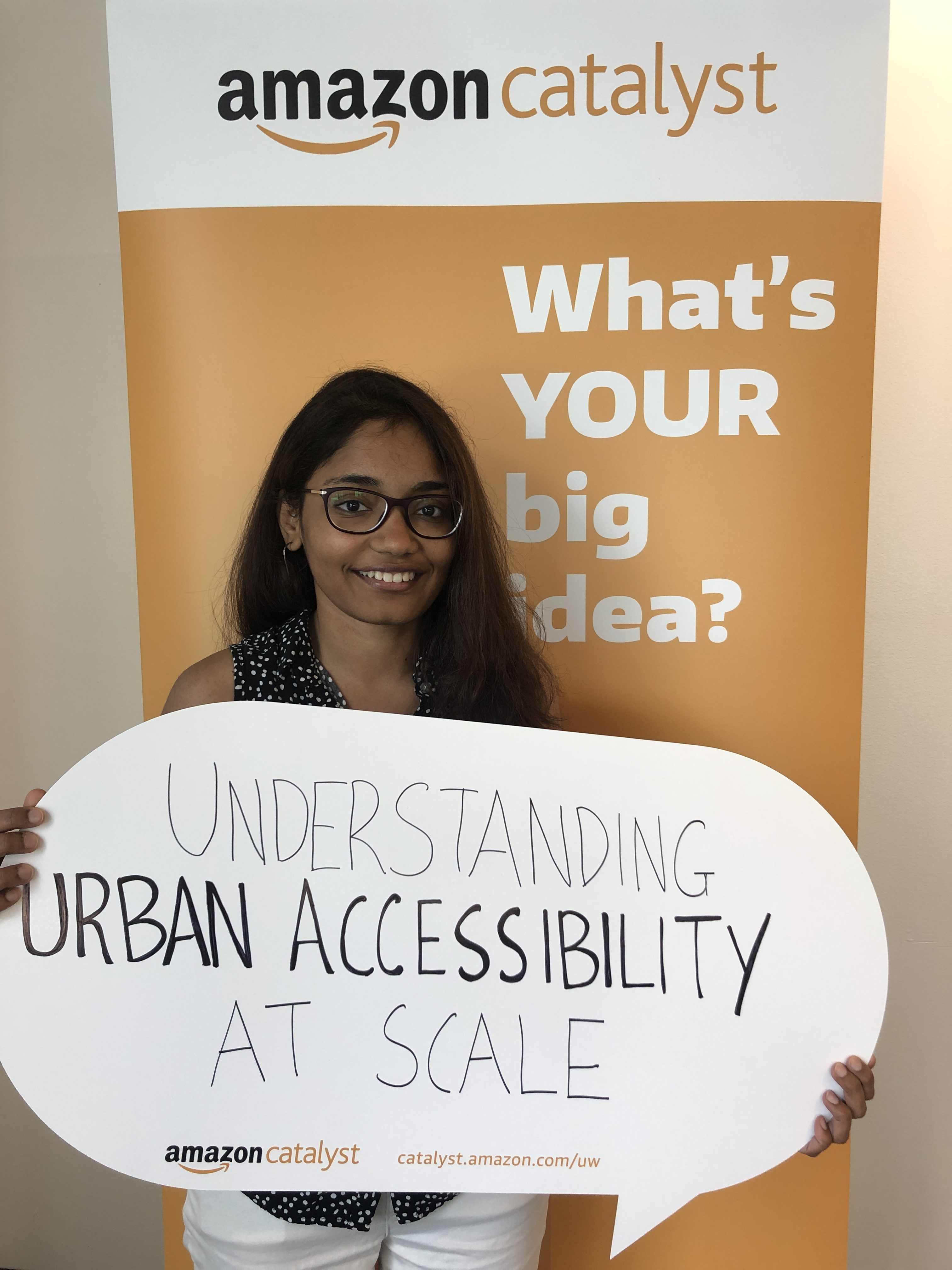
TEAM MEMBERS
- Manaswi Saha, Graduate Student, UW School of Computer Science & Engineering
- Jon Froehlich, Faculty, UW School of Computer Science & Engineering
Leveraging AI to Help Underrepresented STEM Students

Teenage girls enjoy building a model of a bridge during engineering class. They are smiling cheerfully while working on the bridge.
Summary: To help diversify the STEM workforce, this project will use machine learning to discover underrepresented STEM students at risk of dropping out of college and help advisers provide the timely support they need.
Description: Even as the diversity of the U.S. population and workforce increases, the STEM workforce remains primarily white, Asian, and male. This lack of diversity can bias product development and perpetuate gender and racial disparities. Underrepresented (UR) students entering the University of Washington show similar rates of interest in the STEM fields as their non-UR peers, but proportionally fewer UR students and non-UR women obtain STEM degrees. A team led by Henry Lyle of the UW-IT Academic Experience Design & Delivery unit hopes to address this discrepancy. The team will develop a new feature for an advisor dashboard that displays a risk score for each UR STEM student. The machine learning model will draw data from a variety of sources to estimate when a UR STEM student is at risk of dropping out, helping their advisors intervene to provide timely, personalized support so they can achieve their academic and career goals.

TEAM MEMBERS
- Henry Lyle, UW Staff
- Lauren Manes, UW Staff
- Zane Kelly, UW Staff
- Tom Lewis, UW Staff
Rezelle: Smart and Efficient Networking

Business network concept.
Summary: Rezelle will eliminate the inefficiencies of career fairs and networking events by digitizing long lines and the transfer of relevant professional information while helping organize this data through machine learning and analytics.
Description: Career fairs, as helpful as they are meant to be, are rife with inefficiencies. Students often spend only a fraction of their time actually speaking with recruiters. The rest of the time is spent standing in long lines, especially for large companies. This limits the number of companies students are able to talk to, and, by extension, the number of students that smaller companies get to engage with. Rezelle is a mobile app that will both store and share company and career information from recruiters, and resumes and contact information from students, while also eliminating lines. Recruiters will have a QR code or NFC tag that students can scan to be placed in the queue, at which time they will also receive a digital version of the company’s informational flyers. When a student’s time slot is pending, they are notified via the app and a digital copy of the student’s resume and contact information is presented to the recruiter. After an interaction, recruiters can sort student resumes based on their fit.

TEAM MEMBERS
- Conor Carlson, Undergraduate Student, UW School of Computer Science & Engineering
- Justin Chan, UW Undergraduate Student
SENSOL Crosswalks
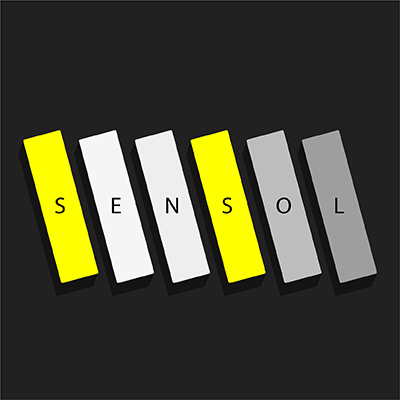
Summary: An off-the-grid LED and solar crosswalk that lights up directly under the pedestrian as they cross to increase awareness and commuter cooperation.
Description: Crossing a street is often a fraught affair for a pedestrian when there is no traffic light, even when they are at a crosswalk. Will drivers see them? And even if they do, will they stop? A cross-disciplinary team of graduates and undergraduates is designing and building the SENSOL Modular Crosswalk, a hybrid solar and LED crosswalk. The hybrid system will power luminaires embedded in a temporary, modular speed bump like structure. This will improve safety and visibility without permanently changing roadways. The SENSOL crosswalks will be triggered when feet, wheelchairs, or bicycles pass over them, illuminating their exact location, visible at both a distance and up close by cars, bicycles, buses, and other pedestrians.

TEAM MEMBERS
- Janie Bube, Graduate Student, UW Department of Landscape Architecture
- Rajat Singh, Graduate Student, UW Department of Mechanical Engineering
- Bowman Fraher Ridinger, Undergraduate Student, UW Department of Materials Science & Engineering
- Jesse Andreini, Undergraduate Student, UW Department of Materials Science & Engineering
- Ruchit Patel, Graduate Student, UW Department of Mechanical Engineering
- Scott Cavanagh, Undergraduate Student, UW Department of Mechanical Engineering
- Schawnery Lin, Undergraduate Student, UW School of Art + Art History + Design
- Anthony Nguyen, Undergraduate Student, UW Department of Human Centered Design & Engineering
- Emily Whelan, Undergraduate Student, UW Department of Industrial & Systems Engineering
- Enrique Islas, Undergraduate Student, UW Department of Civil & Environmental Engineering
- Iman Haji, Undergraduate Student, UW Department of Civil & Environmental Engineering
- Yuhang Li, Undergraduate Student, UW Department of Electrical & Computer Engineering
- Richard Burberry, Undergraduate Student, UW Department of Electrical & Computer Engineering
- Chris Son, Undergraduate Student, UW Department of Materials Science & Engineering
- Colton Brailsford, Undergraduate Student, UW Department of Community, Environment & Planning
- Evelyn Hathaway, Undergraduate Student, Paul G. Allen School of Computer Science & Engineering
- Emma Petersen, Graduate Student, UW Department of Landscape Architecture
WashEx
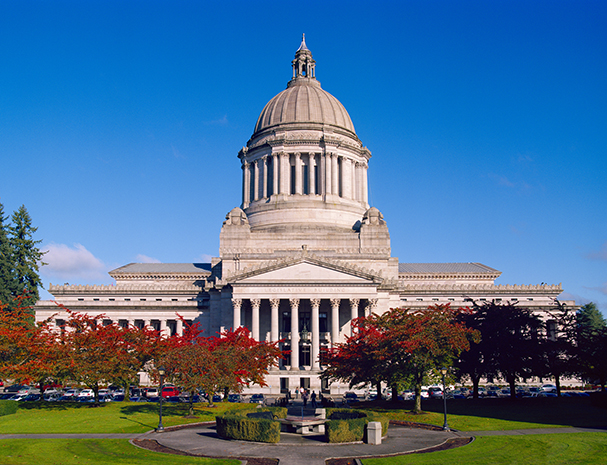
Summary: An interactive visualization of lawmaking in the Washington State legislature.
Description: For most Americans, lawmaking is a black box. They may be familiar with the ‘Schoolhouse Rock’ version of how a bill becomes a law, but that focus on the progress of a single bill fails to capture the broader activities of a legislature, and the actual prospects for any given bill. Five years ago, a team led by John Wilkerson, a professor and chair of the political science department, created an award-winning interactive visualization of the U.S. Congress that is now used by high school and college teachers across the country. LegEx provided the first bird’s eye view of the congressional lawmaking process. Wilkerson will now build something similar for the Washington State legislature.

TEAM MEMBER
- John Wilkerson, Faculty, UW Department of Political Science